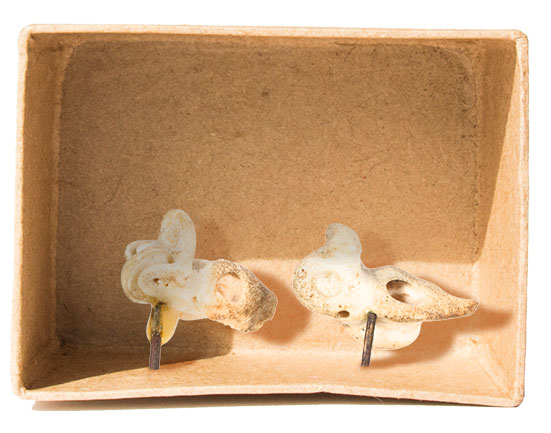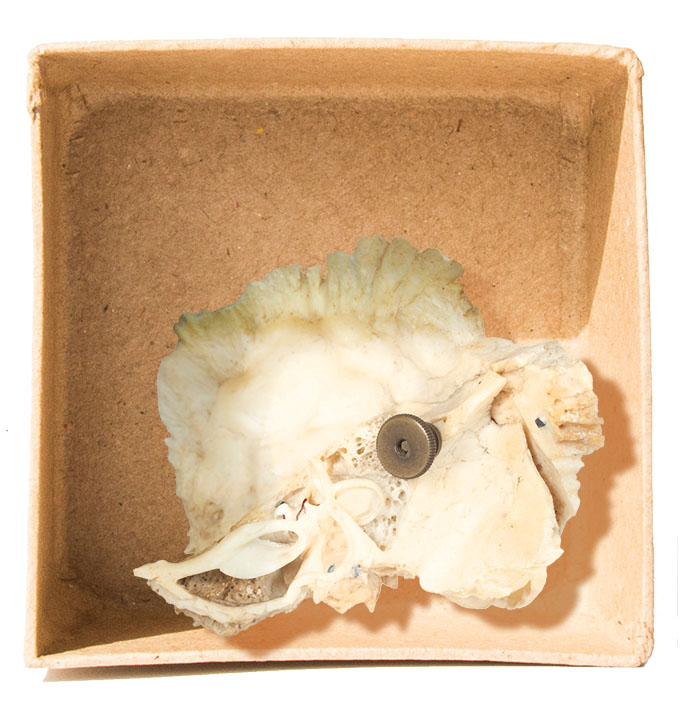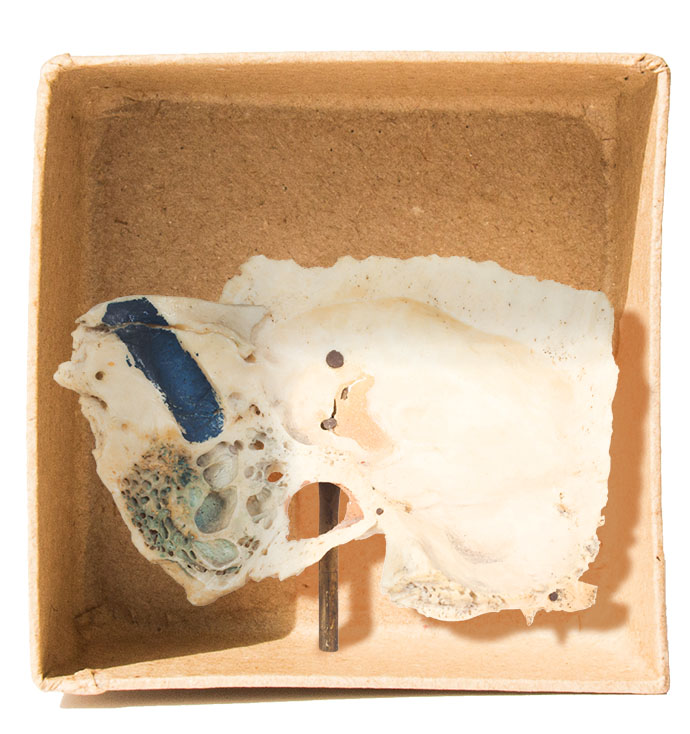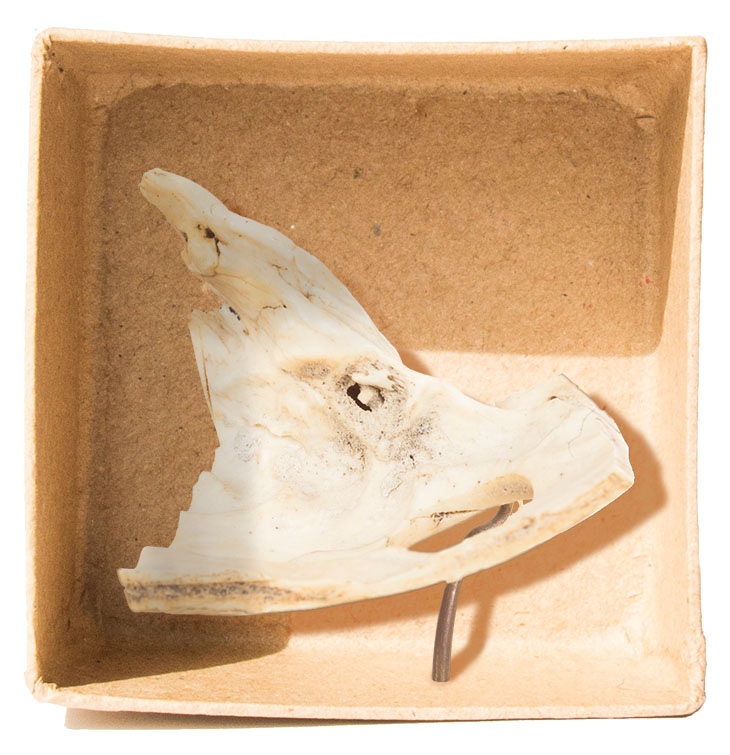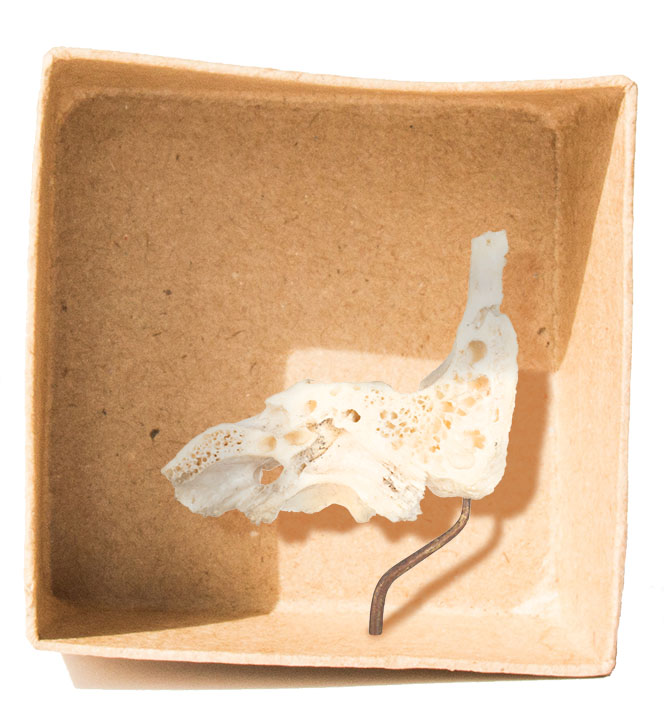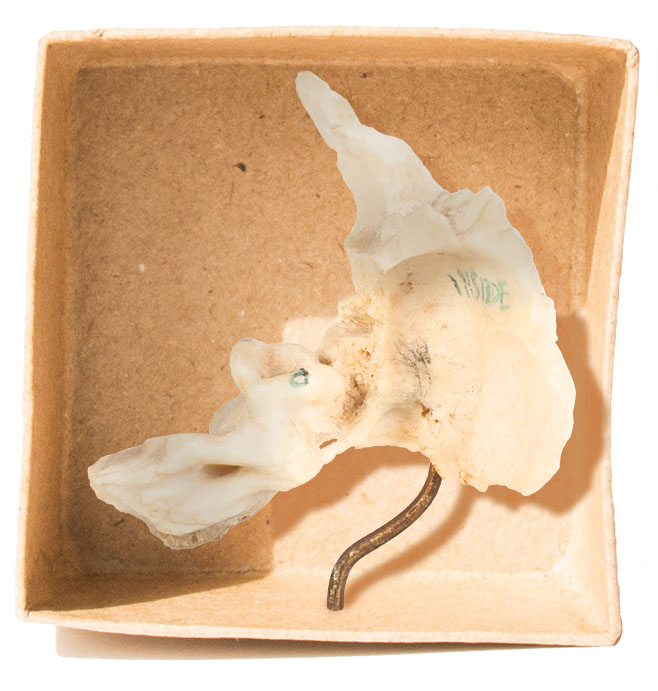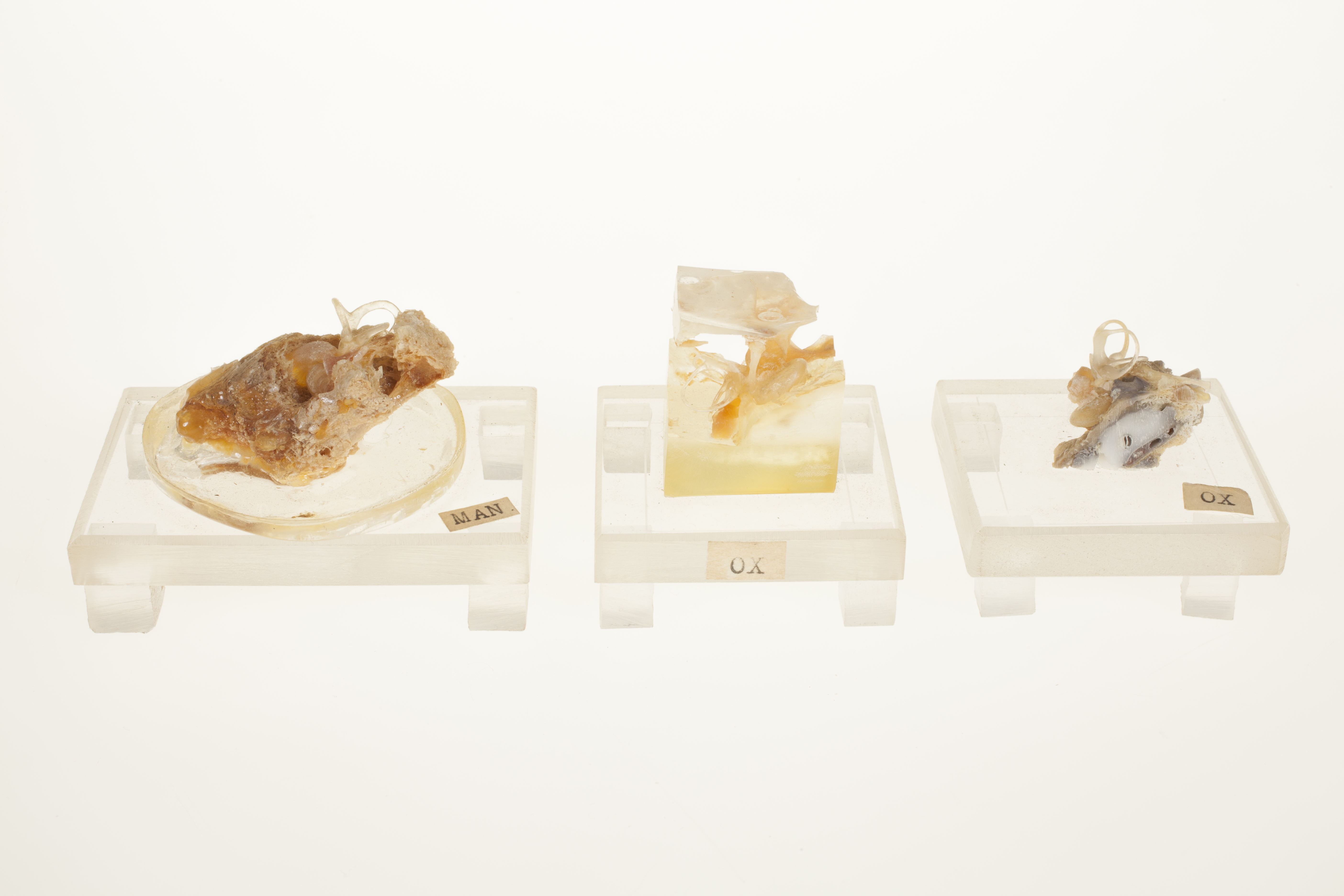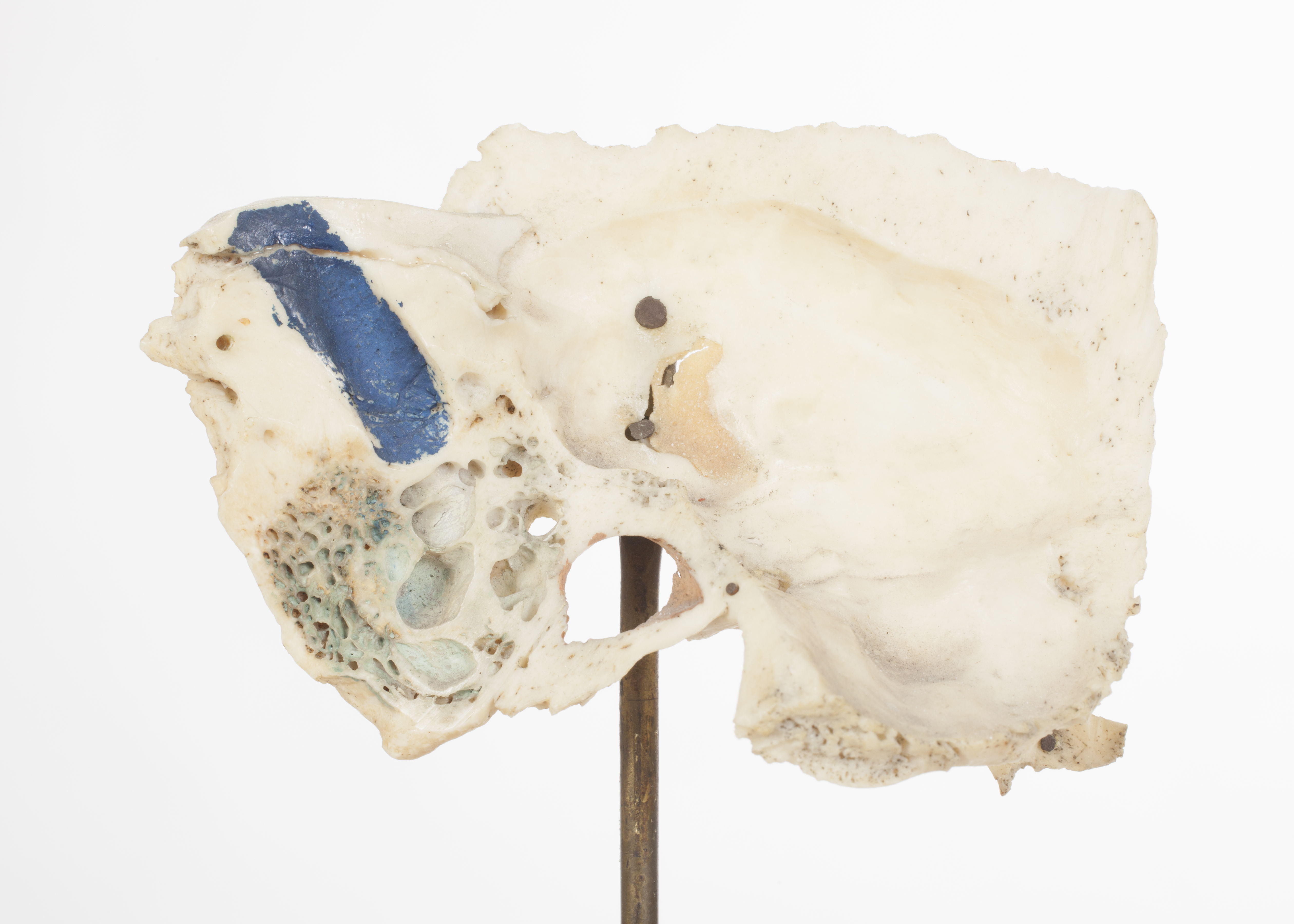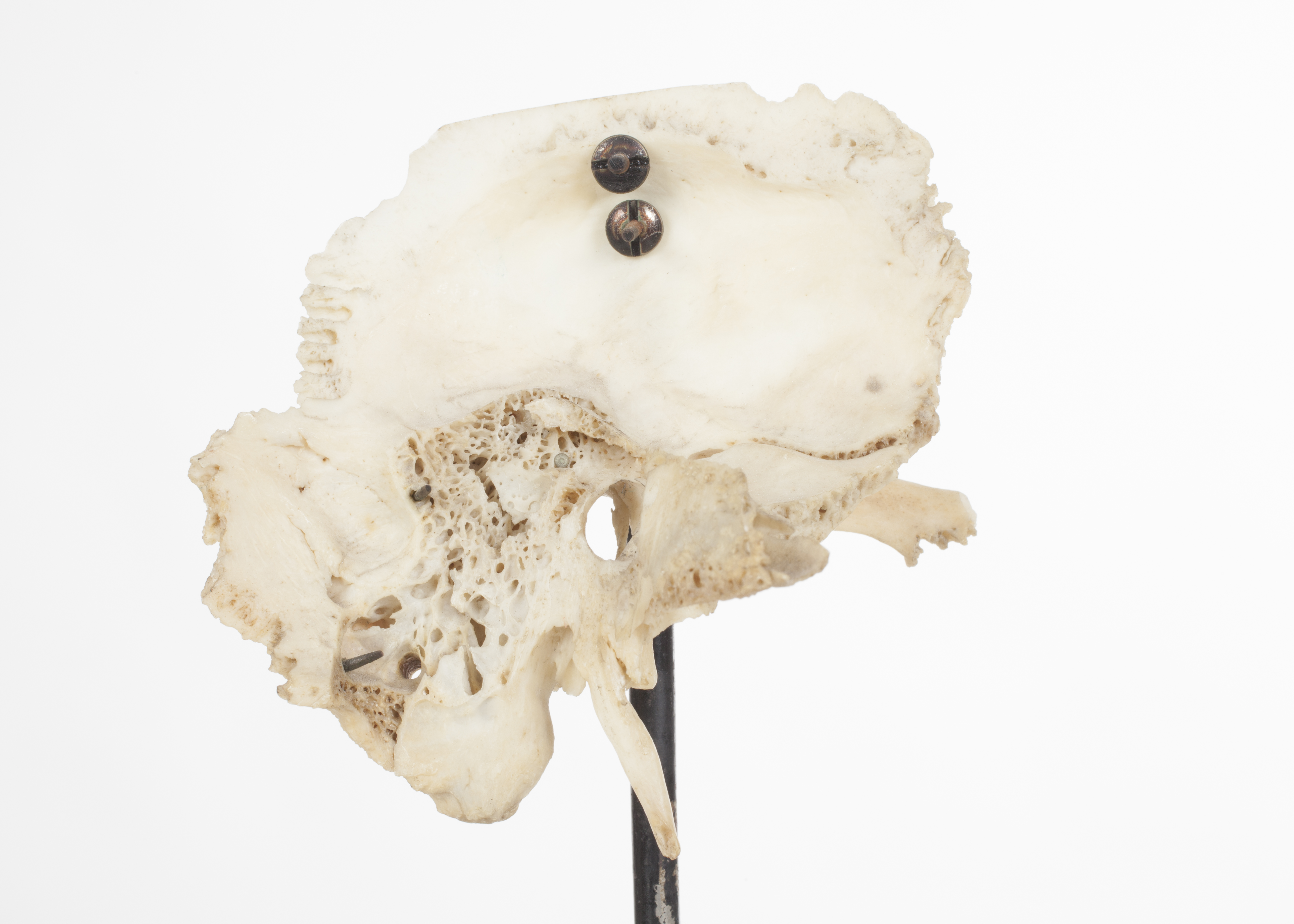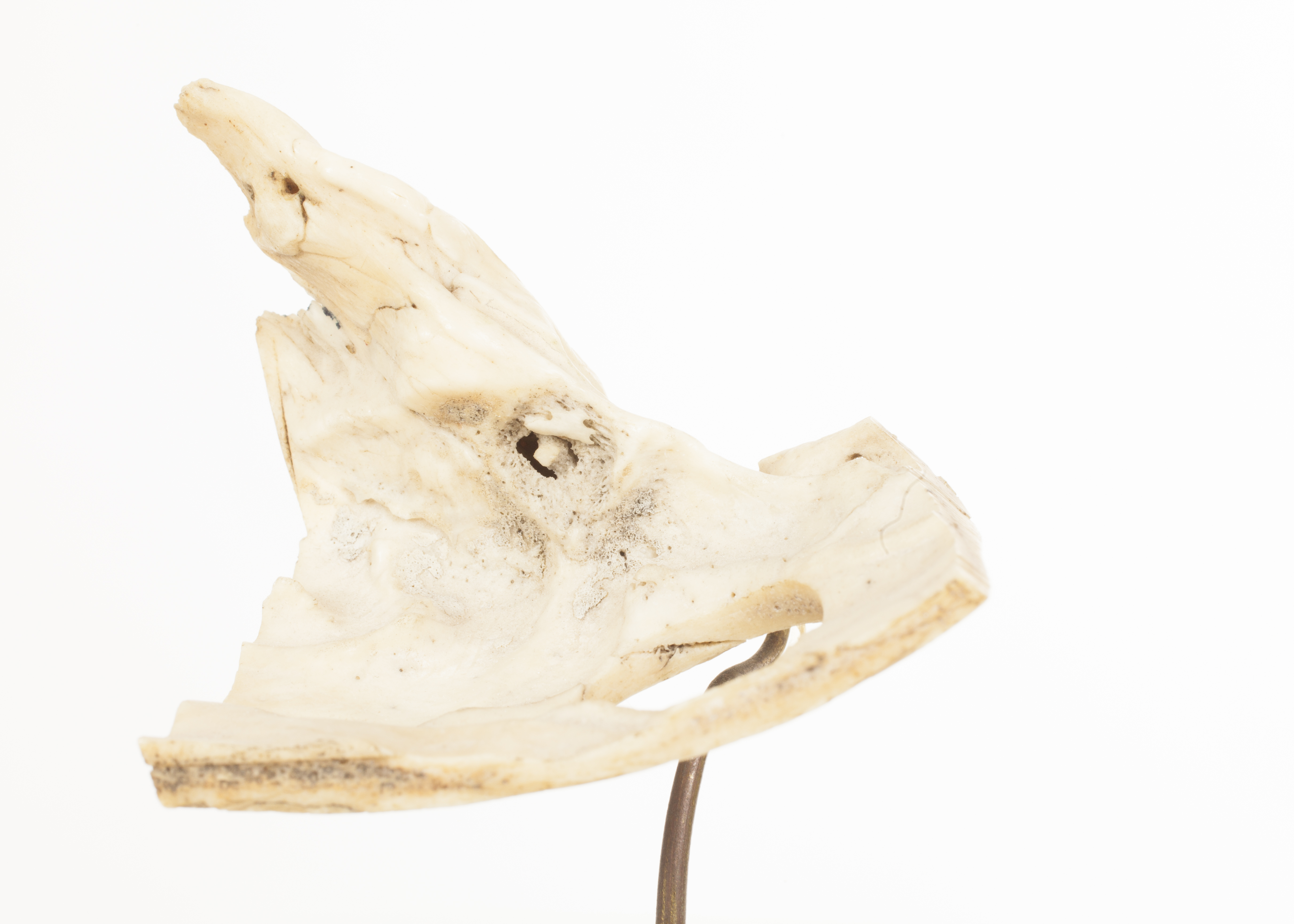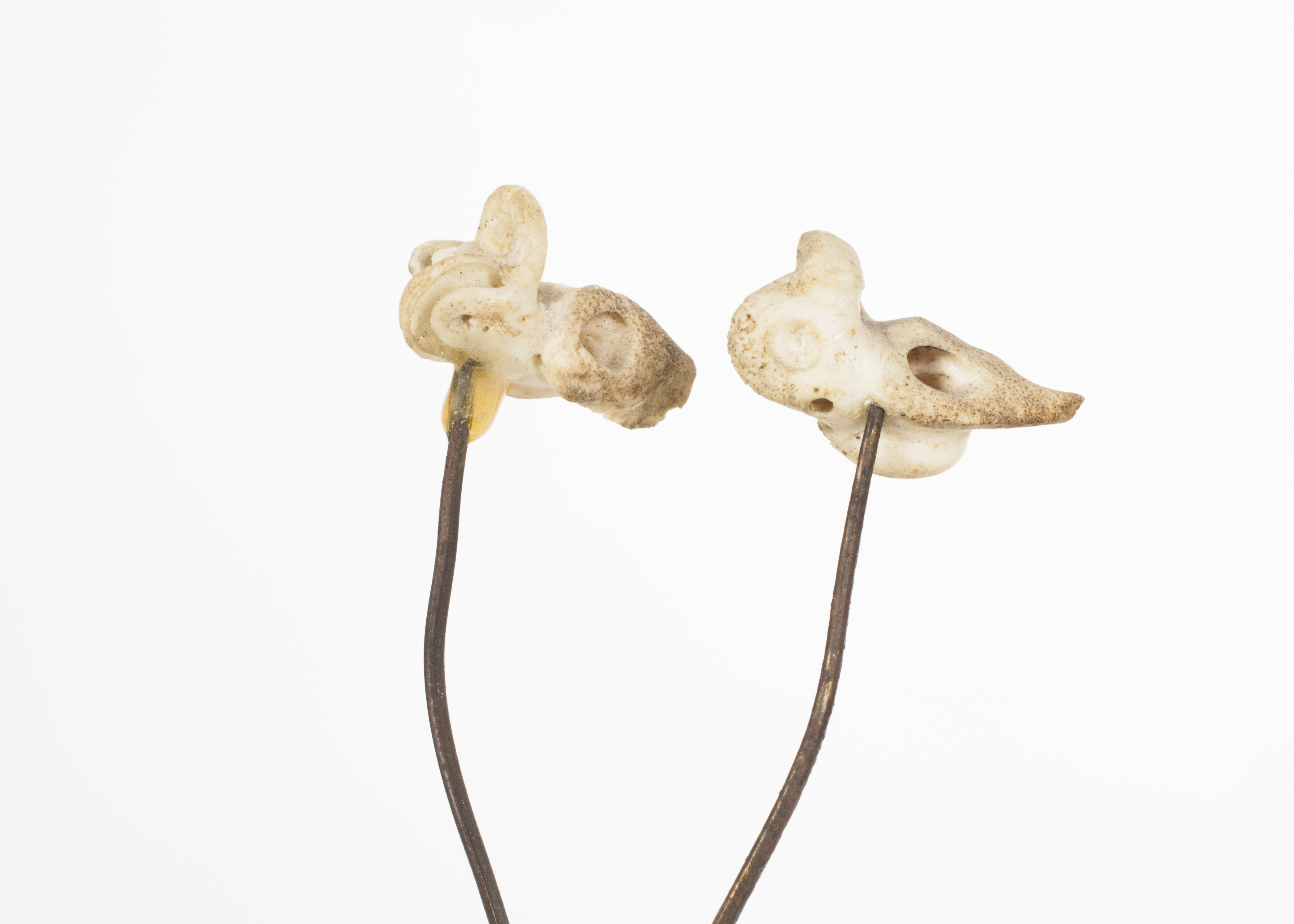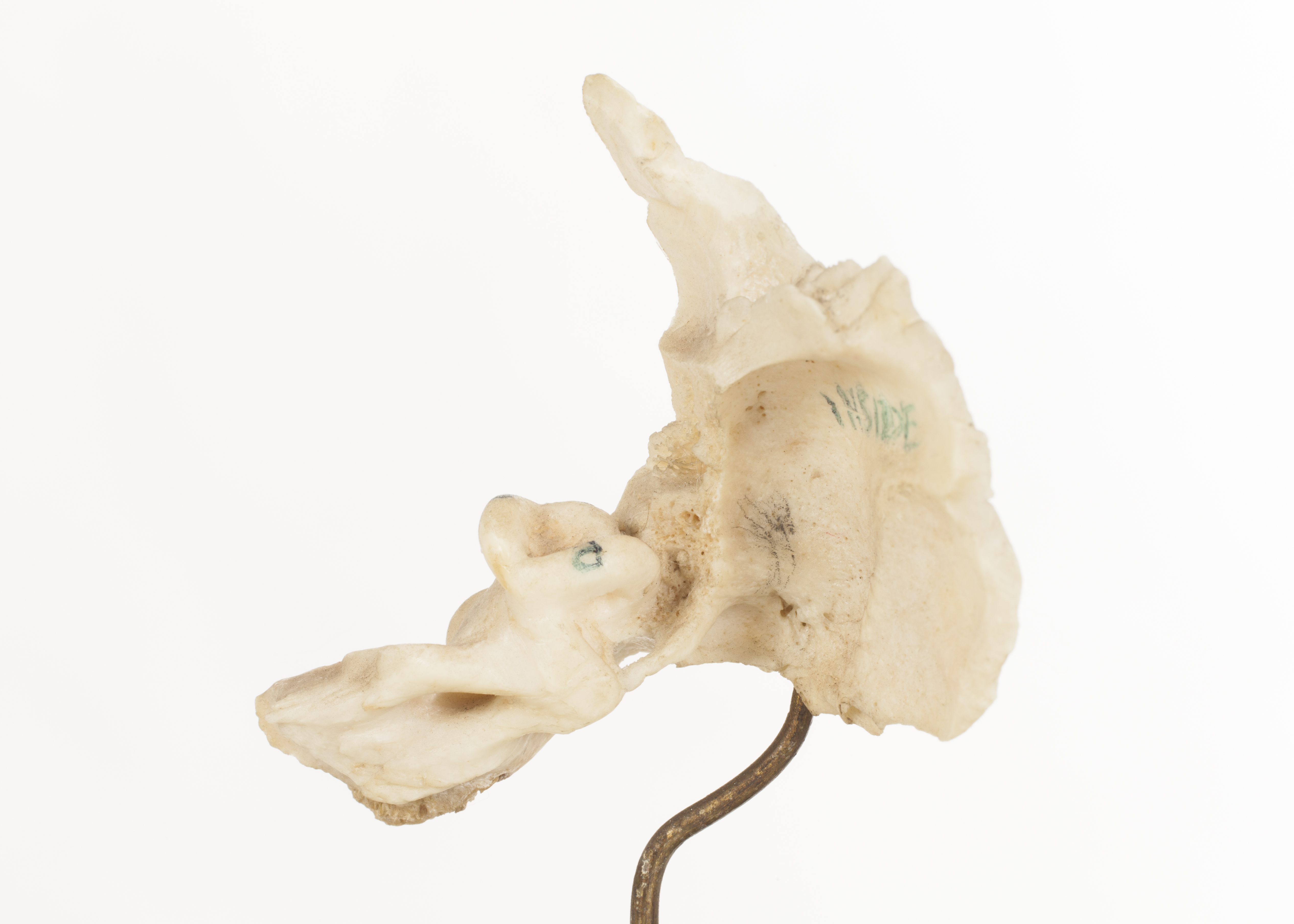The temporal bone has a unique place in anatomy. It contains two linear accelerometers, three angular accelerometers, a sophisticated organ of hearing, five cranial nerves, the jugular vein, and the carotid artery. If you climb, fly or dive, it is also a personal barometer. You will feel the urge to clear your ears every 300 feet in air, or every 5 meters in water. Contribution by Mr Roger Gray, Consultant Otolaryngologist, Cambridge Teaching Hospital and Fellow Murray Edwards College, Cambridge.



